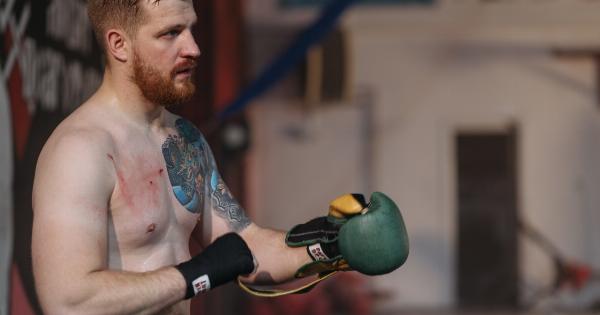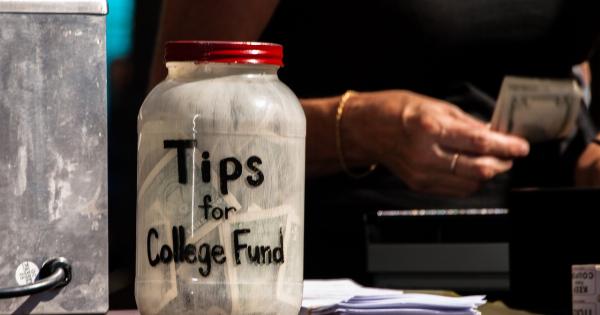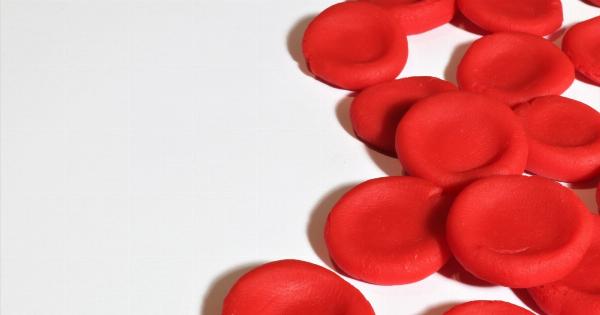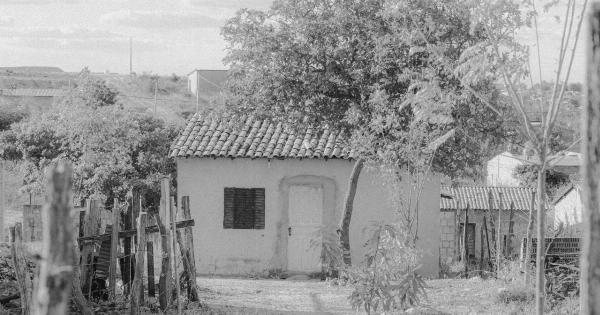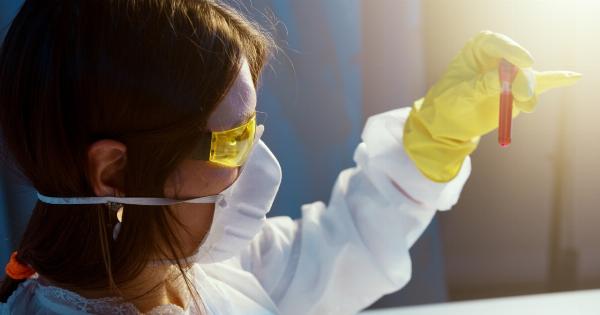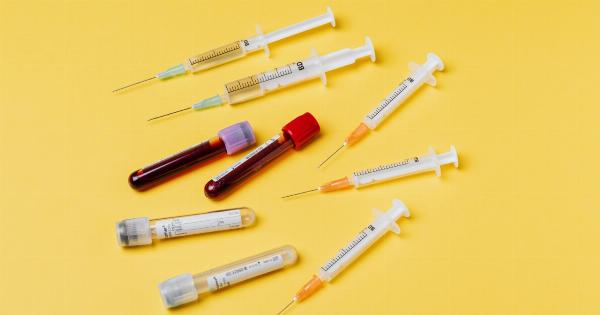Donating blood is considered one of the noblest acts of charity that you can give to anyone in need. Your donated blood can save someone’s life who is in dire need of transfusion due to injury, illness, or surgeries.
It takes a couple of minutes to donate blood, but once your blood is donated, it goes through a long process to make sure it’s safe and efficient for transfusion. So, have you ever wondered what happens to your blood after donating it? In this article, we will detail the journey of your blood from donation to transfusion.
Step 1: Donation Process
The first step in donating blood is the registration process, where you provide your contact and medical details.
Next, you undergo a mini-physical exam, where your blood pressure, body temperature, pulse rate, and hemoglobin levels are checked to ensure that you are fit for donation. Once you pass the physical exam, you move on to the actual donation process. A sterile needle is inserted into your arm, and around 450 milliliters of blood is collected in a blood bag.
The process usually takes 10-15 minutes, and after this, you can rest for a few minutes, enjoy some refreshments, and continue your day.
Step 2: Testing Process
Your donated blood is then transported to a testing laboratory, where it goes through various tests to ensure that it’s safe for transfusion. The blood is tested for diseases like Hepatitis B and C, HIV, Syphilis, and West Nile Virus.
If any of these tests come positive, the donated blood is discarded to ensure that the contaminated blood doesn’t reach the bloodstream of the recipient. These tests usually take a few days to complete, and once the blood is cleared, it is transported to blood banks or hospitals, where it can be used to save someone’s life.
Step 3: Separation Process
Once the donated blood has cleared the tests, it’s transported to blood banks or hospitals, where it undergoes the separation process.
The separation process involves separating the whole blood into its individual components, namely red blood cells, plasma, and platelets. The separated blood components have different therapeutic uses, and separating them according to the need ensures that the recipient gets the specific component that they need.
This separation process takes place through centrifugation, which spins the blood bag continuously, separating the components based on their respective densities.
Step 4: Preservation Process
The individual blood components obtained from the separation process need to be preserved until they are needed for transfusion. Each of the components has a different storage requirement, and they are preserved in different ways.
Red blood cells are stored in a blood bank under specific temperature and humidity conditions, whereas Plasma can be stored either frozen or at room temperature depending on its usage. Platelets, on the other hand, need to be stored in an agitator to make sure that they remain viable for as long as possible. The preservation process ensures that the separated blood components are available when someone needs them.
Step 5: Transfusion
The final step in the journey of your blood after donation is transfusion. Once the recipient is in need of blood transfusion, the doctor will go through the patient’s medical history and check their blood type.
Once the blood type is determined, the required blood component is obtained from the blood bank and used to replace the deficient component in the recipient’s bloodstream. The transfused blood component usually takes 1-4 hours to integrate into the recipient’s bloodstream, which ultimately replenishes the lost or deficient blood component in their body.
Conclusion
In conclusion, the journey of your blood after donation is a complex process which involves a lot of steps to ensure that the donated blood is safe for transfusion.
The blood goes through testing, separation, and preservation processes before it is used for transfusion. These processes are put in place to ensure that the recipient gets the right blood component. The journey may end after donation, but the impact of the donation lasts much longer and can save lives.

